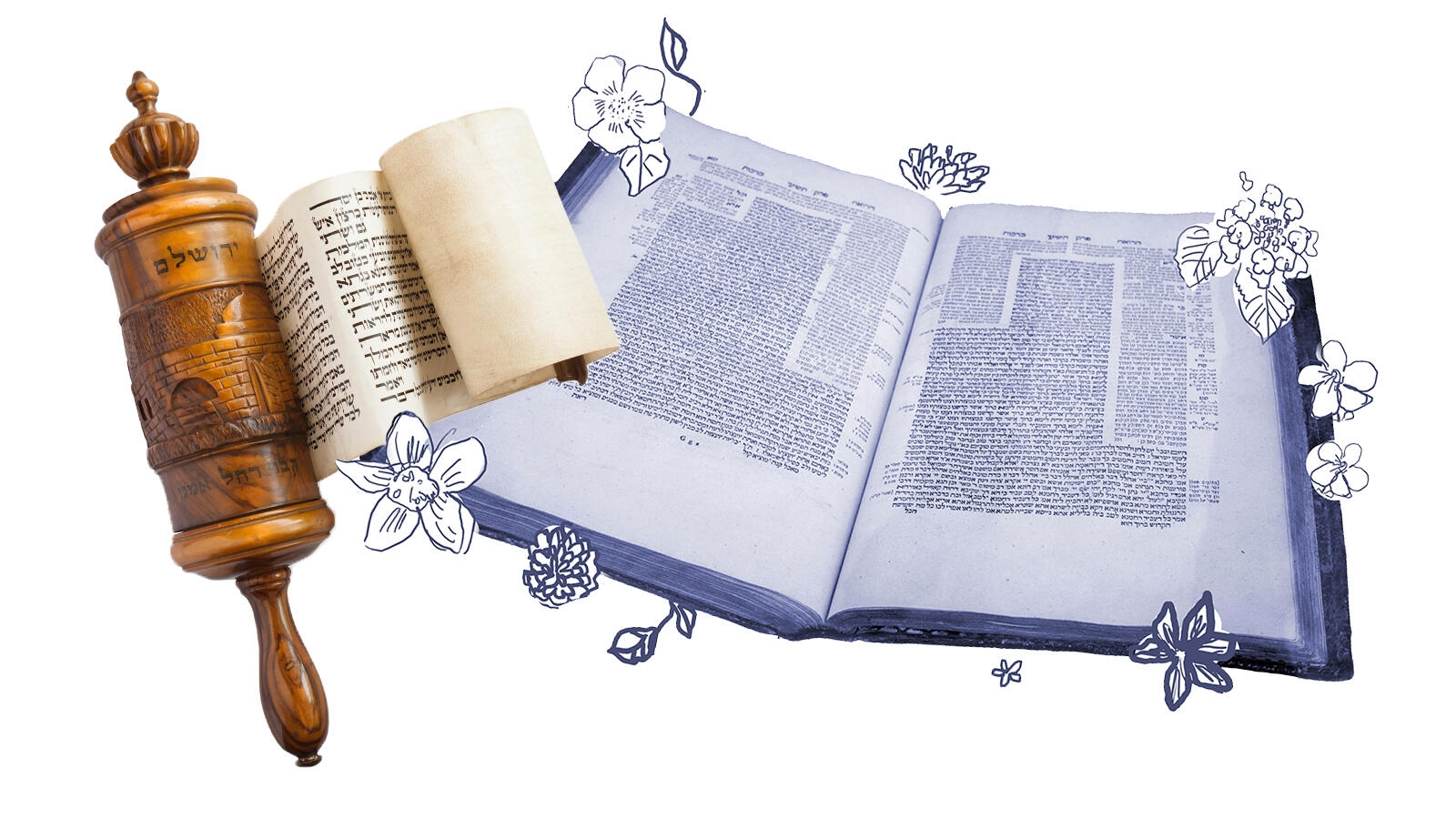Tractate Megillah is devoted to explaining the laws of Purim, whose central obligation is reading the megillah twice, once at night and once during the day. The other mitzvot of Purim are feasting, giving gifts and tzedakah, charitable contributions. As long as the rabbis are on the subject of reading a scroll, they also devote considerable time and attention to the laws of reading Torah in synagogue, laws that directly influence Jewish synagogue practice today. Another interesting discussion in this tractate concerns the sanctity of the synagogue and the Torah scrolls within it. The tractate is only 32 pages long, organized into four chapters.
Chapter 1
The megillah is read on the 14th of Adar in most towns, but in cities that were walled in the time of Joshua, it is read on the 15th. The reason is that most Jewish communities in the Persian empire beat back their would-be killers on the 14th, but in the capital Shushan it took an extra day. As we learn at the start of this chapter, the sages at one time allowed for early megillah readings on the market day that falls before the 14th or 15th of Adar as well. This chapter also discusses what constitutes a city walled in the time of Joshua.
The megillah may not be read on Shabbat, for fear that someone might carry it on the day of rest, but fortunately the Jewish calendar has been fixed so that the 14th of Adar cannot coincide with Shabbat. The 15th of Adar, however, can fall on Shabbat and in such cases cities that were walled in the time of Joshua read megillah a day early, on the 14th, with the rest of the Jewish world.

Help us keep Jewish knowledge accessible to millions of people around the world.
Your donation to My Jewish Learning fuels endless journeys of Jewish discovery. With your help, My Jewish Learning can continue to provide nonstop opportunities for learning, connection and growth.
This chapter also details the obligations of creating a festive meal, giving gifts and charitable contributions — the other mitzvot of Purim.
Finally, chapter 1 explains that while the Scroll of Esther dates much later than the Torah, as do the purported events it reports, the rabbis understood the obligation to read the scroll aloud to fall under the Torah obligation to remember and blot out the name of Amalek, enemies of Israel for whom the Torah reserves a distinct hostility. The connection is the character of Haman, who is described as an Agagite, Agag being a descendant of Amalek.
Chapter 2
This short chapter describes some of the rules for composing a megillah, which should be written on a scroll like a Sefer Torah. It is also required that the megillah be read in its entirety on Purim — twice (both evening and morning).
Chapter 3
Turning now from the laws of Purim to those of public Torah readings, many positions in this chapter are likely familiar to regular synagogue attendees. On Shabbat, the Torah reading is divided into seven aliyot. On Monday and Thursday, the weekdays established for Torah readings (because they are ancient market days), the reading is only three aliyot in length.
We see also that there were debates about how exactly to read the Torah. In the land of Israel, it was read over a 3.5 year cycle, while in Babylonia it was read in a single year. (Today, some congregations read the entire Torah in a single year, and others have adopted a triennial calendar in which they read one-third of the Torah portion each week and hear the whole Torah over the course of three years.) Most weekday readings anticipate the portion that will be read on Shabbat, but on festivals special readings supersede the regular Shabbat reading.
Torah is read in a quorum of ten (minyan) and ritual readings are preceded and concluded with special blessings. Initially, it was one blessing before the entire set of aliyot and one after, but then it was changed so that there were blessings bracketing every aliyah. The person who reads the Torah must be someone who upholds the dignity of the congregation. This is the reason that, for much of Jewish history, women did not read Torah publicly. However, the reasoning here has also allowed for reinterpretation by some Jewish groups in recent decades.
The sages also instituted that some portions of the Torah are to be read but not translated, as they were considered dangerous without expert interpretation.
Chapter 4
This chapter gives us a window into the ancient synagogue. It tells us that a synagogue, a place where Jews join together for prayer and study, is an inherently sacred place — though not as sacred as the Torah scrolls it houses. Because of this sanctity, selling the synagogue is a complicated procedure, though not impossible.
This chapter also discusses the four special Torah portions which are read in the month of Adar, portions which anticipate the holidays of Purim (which takes place midway through Adar) and Passover (which begins two weeks after Adar ends, on the 14th of Nisan). These portions describe (1) the collection of shekels for the Temple (which was done in Adar — see Tractate Shekalim), (2) the obligation to remember Amalek (which anticipates Purim), (3) preparations for Passover, and (4) the ritual of the Red Heifer. The Gemara then also discusses the special Torah portions read on other festivals throughout the year — with some wiggle room.
The chapter concludes with rules for physically managing a Torah scroll: rolling, dressing and pointing (without touching), which must all be done with the utmost care and respect.



